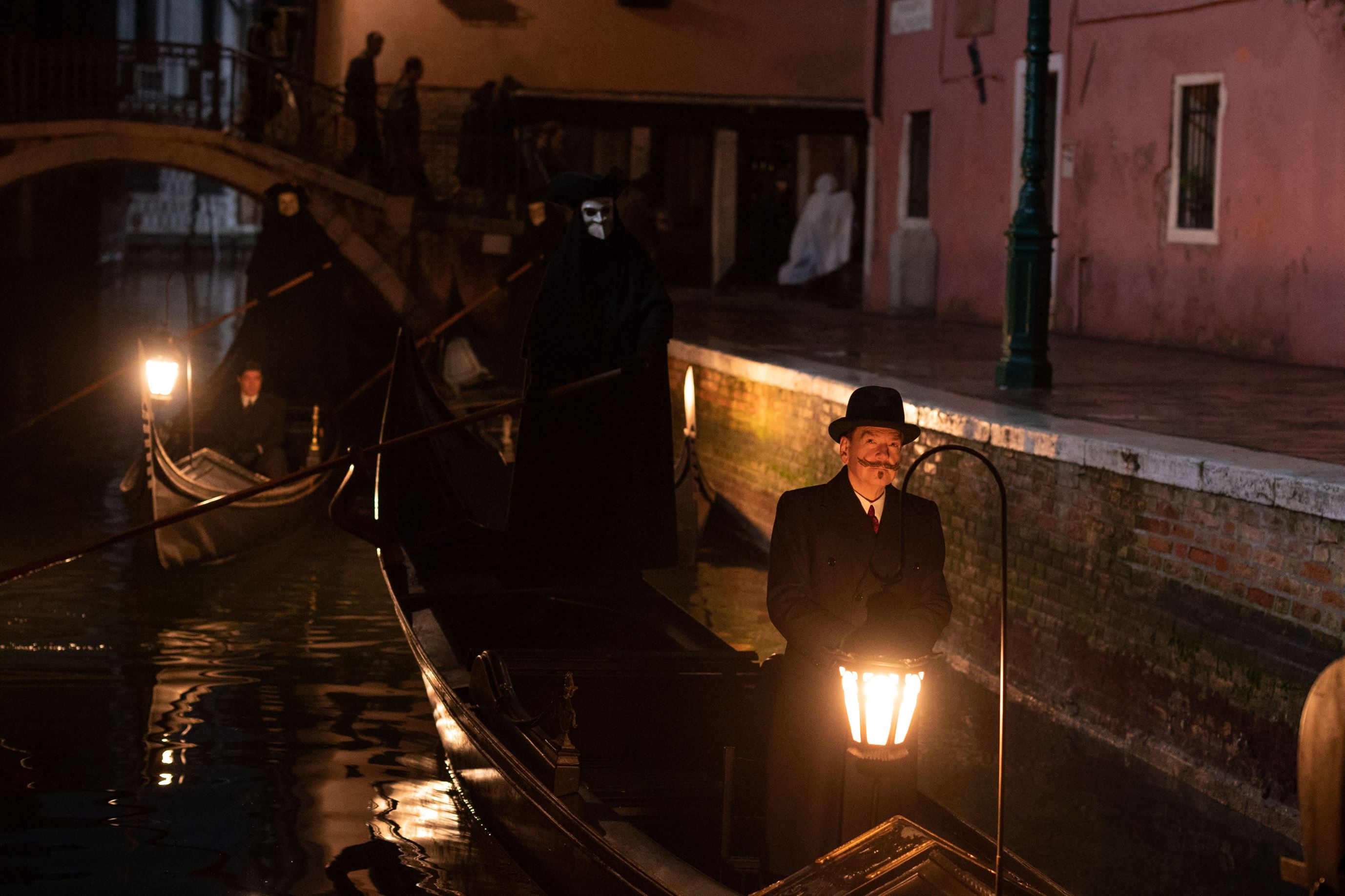Kenneth Branagh’s take on Agatha Christie’s Hercule Poirot has proven itself to be uneven. In 2017, he directed and starred in “Murder on the Orient Express,” the third film adaptation of the Agatha Christie novel of the same name, to a tepid response from critics and audiences. His 2022 follow-up “Death on the Nile” was plagued with delays thanks to the COVID-19 pandemic and the alleged misconduct (or, to put it more bluntly, alleged cannibalism) of one of its stars, Armie Hammer. It received a similarly tepid critical response and far smaller box-office returns, making the announcement of this third installment something of a head-scratcher. However, this outing proves itself to be the strongest one yet for Branagh’s take on the Belgian detective.
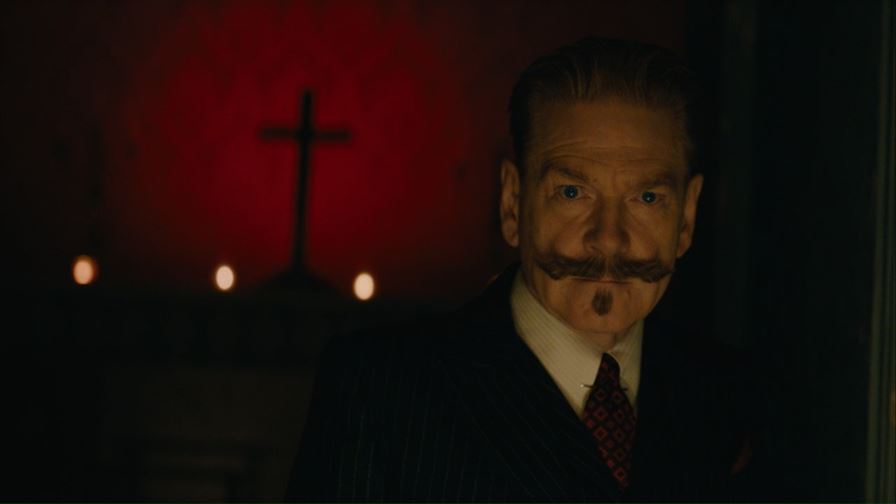
Branagh brings a depth to Poirot in this film that you don't typically see in an episodic film series such as this. Photo courtesy of 20th Century Studios
In this new film, Poirot is retired in the beautiful city of Venice, which looks appropriately haunting thanks to the work of cinematographer Haris Zambarloukos. While it’s unknown if this new feature was shot on 65mm film like its predecessors, it matters not. “A Haunting in Venice” is the most visually striking and stylish film in the trilogy, opting for more dynamic lighting, detailed set design and stress-inducing camera angles than the previous films.
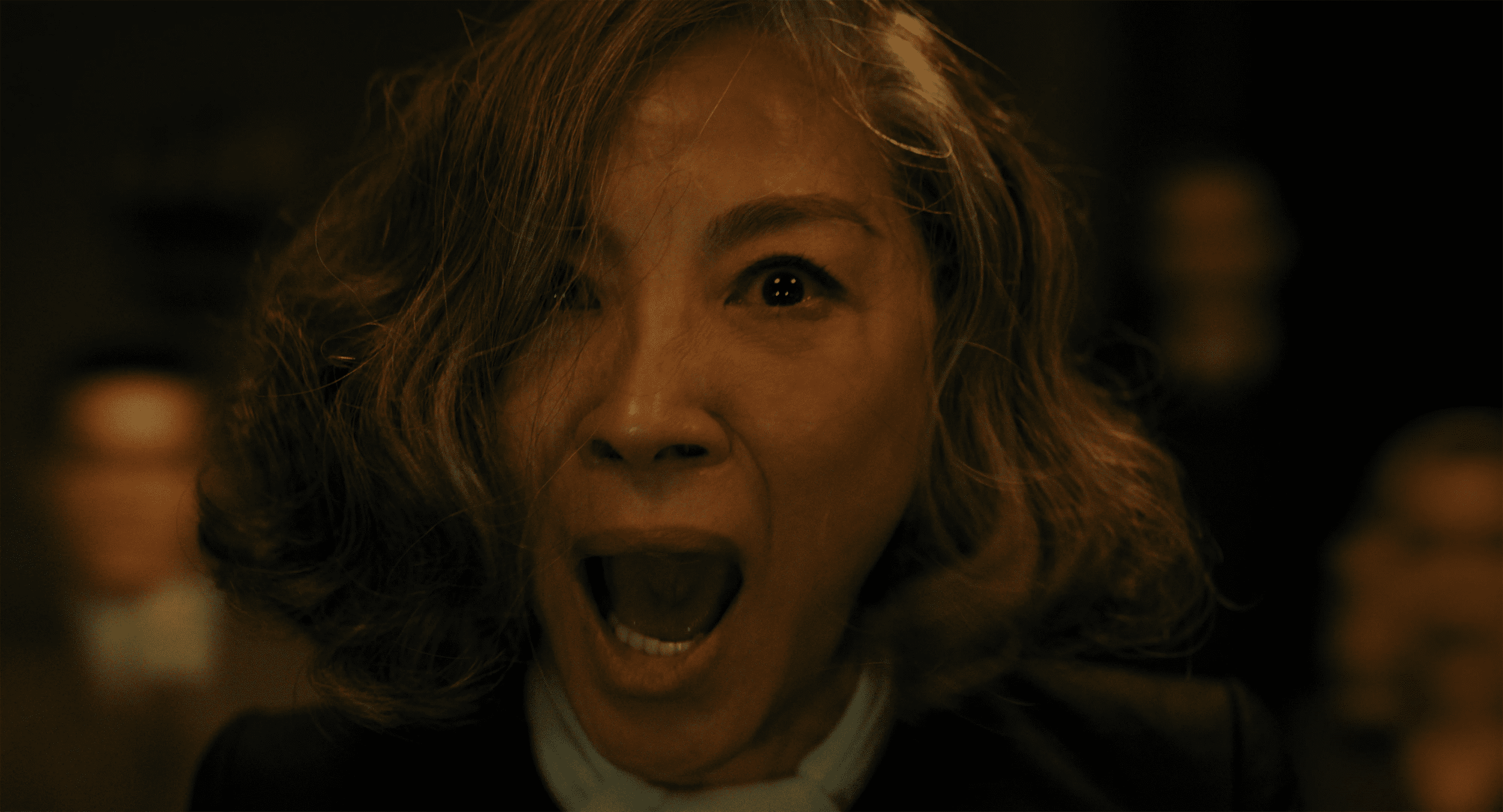
Michelle Yeoh is at her typically brilliant form here in a small yet incredibly fun role. Photo courtesy of 20th Century Studios
Poirot is invited to a seance by an old friend Ariadne Oliver, an author played by Tina Fey whose writing made Poirot world-famous. Despite his retirement, Ariadne asks for his help disproving a spirit medium, played by Academy Award-winning actress Michelle Yeoh, who is at her typically brilliant form here in a small yet incredibly fun role. When a series of seemingly supernatural murders take place at the seance, it’s time for Poirot to dust off his notebook and begin collecting clues once more.
The supernatural element of the story makes for a scarier, more thrilling take on the typical whodunnit formula. It also helps that, despite being based on Christie’s novel “Hallowe’en Party,” this adaptation is much looser than previous installments, allowing Branagh and screenwriter Michael Green to streamline the story for a cinematic telling, something the previous installments certainly could have used.
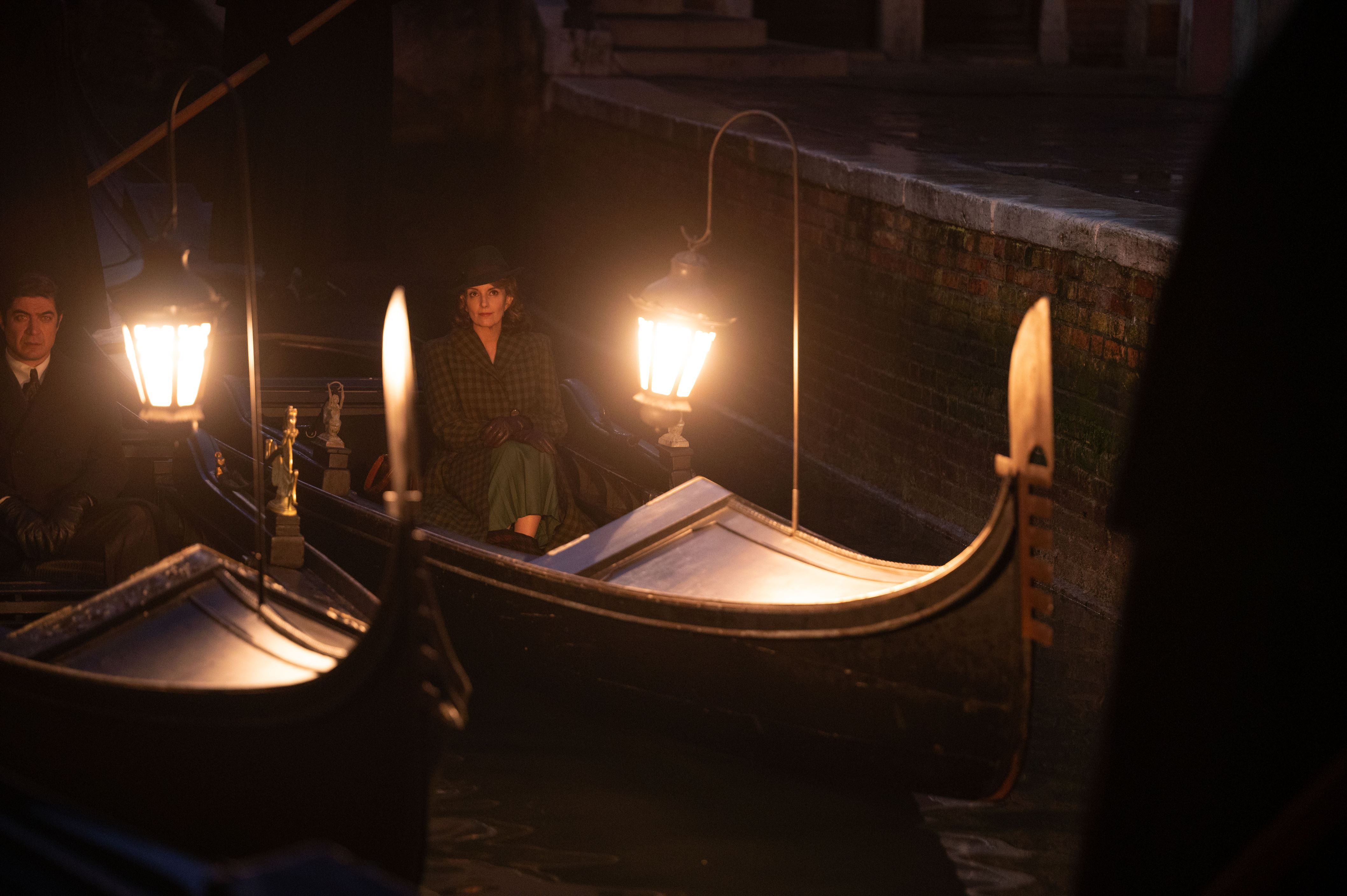
Poirot is invited to a seance by an old friend Ariadne Oliver, an author played by Tina Fey whose writing made Poirot world-famous. Photo courtesy of 20th Century Studios
In addition to being scarier, this new film is also much funnier than the first two. The ever-wonderful Fey is perfect as Ariadne, who in some ways seems to be a parody of Christie, poking fun at the structure of whodunnits in a sly but subtle way. It is not as overtly subversive as, say, “Knives Out,” but it also might be the first time a detective in a whodunnit straight up said they would find out “whodunnit.”
And while the cast is not necessarily packed with as many all-stars or alleged cannibals as its predecessors, each performer still fires on all cylinders. Jamie Dornan, of “Fifty Shades of Grey” fame, turns in a performance in direct contrast to his turn as Christian Grey, playing a PTSD-ridden and submissive doctor, Dr. Leslie Ferrier. Jude Hill, a young actor who had previously starred in Branagh’s “Belfast,” plays Leslie’s precocious son Leopold Ferrier and acts with a natural skill that leaves no wonder why he has become Branagh’s young muse.
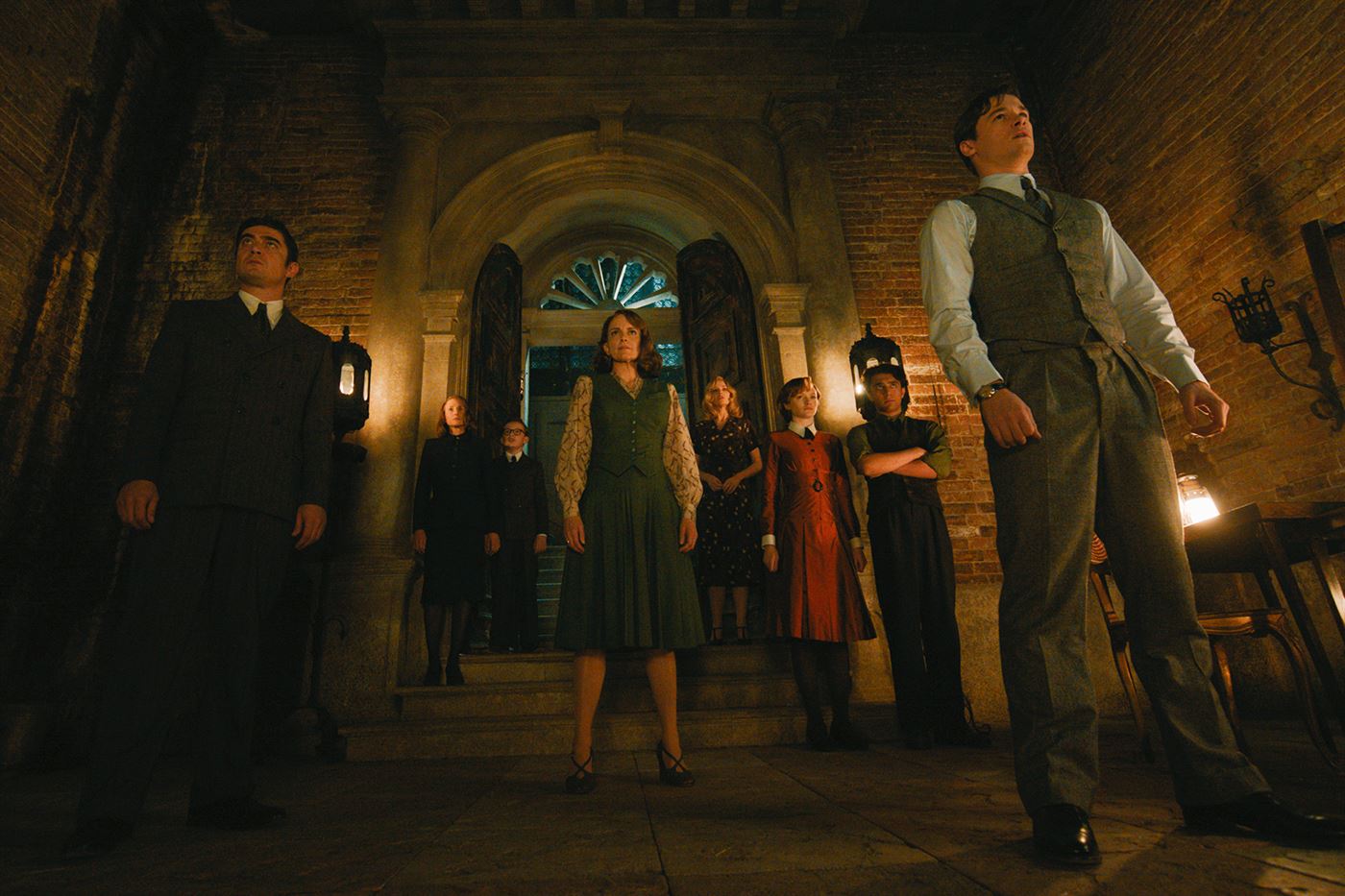
While the cast isn't necessarily packed with as many all-stars or alleged cannibals as its predecessors, each performer still fires on all cylinders. Photo courtesy of 20th Century Studios
Branagh himself is just as great as ever as Hercule Poirot. His version of the character is less eccentric than prior cinematic iterations, such as the iconic Peter Ustinov, but he brings a depth to Poirot in this film that you do not typically see in an episodic film series such as this.
Other highlights in the cast include Camille Cottin, Kelly Reilly and Kyle Allen, who round out the cast of suspects with solid performances. In a period piece such as this, it is easy to hold an expression that looks too much like you know what a Pop-Tart is, and all of these performers thankfully avoid those trappings.
All in all, it is nice to see a simple, fun, classic whodunnit on the big screen again. It does not hold a candle to Rian Johnson’s work on his Benoit Blanc films, but it does tell a more straightforward and undemanding mystery than those films, making it a nice companion. It is unlikely that we’ll get a fourth installment of Branagh’s Poirot, but it is nice to see his take on the character finally find its footing and earn its place in the canon of Agatha Christie.

